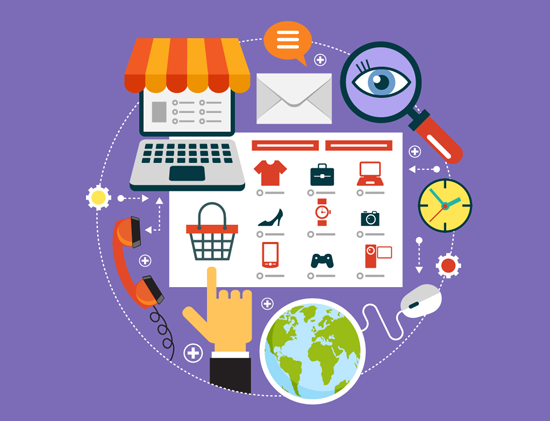Next-Generation Personalization: The New Measure of Great Customer Service

By Graeme Grant, CQuotient
Great customer service has long been associated with friendly sales people and an easily accessible website. But as customers are increasingly connected across devices and touchpoints, the measure of customer service is no longer based on a singular experience. The new measure of great customer service is a retailer's ability to personalize messages to each individual customer and maintain this relevance on every screen - in other words, "next-generation personalization." As competition gets fiercer and companies like Amazon use big data as a weapon, retailers are realizing that personalization cannot simply be a checkbox on a to-do list. It must be incorporated at every point of interaction, for every individual customer, based on their unique tastes, behaviors and preferences.
This is easier said than done for many retailers. In a recent RSR Research report, it was revealed that 49 percent of retailers say they can't keep up with the new ways consumers are using technology and 42 percent say they can't keep up with the new ways to engage with consumers. Unfortunately, these retailers who don't meet customer demands for next-generation personalization will be faced with faltering customer loyalty and limited repeat transactions. Here are some top tips to make sure you deliver on customer demands and stay ahead of the competition:
Understand the Meaning of Next-Generation Personalization
Since the onset of digital marketing and ecommerce, retailers have implemented "Gen 1" personalization. This includes tactics such as the "you may also like" product recommendations on websites. While you may think this is "good enough," it's not! These personalization strategies are fundamentally based on cookies (not customers) and are generally limited to product-to-product associations. What you need to compete today is a solution that understands your customer across every interaction, whether there is a cookie attached to that interaction or not, and then tailor each message the customer receives. And by tailor, I mean personalizing any part of the message to make it more compelling - the products shown, brands, categories, offers, creative content, etc. Next-generation personalization puts the full view of the customer at the heart of your marketing strategy enabling you to optimize communication to an individual customer, regardless of how that customer chooses to interact with you (mobile, email, in-store, direct mail, call center, etc) in real-time.

Start with the Data You Already Have
Now that you understand what next-generation personalization is, and why it's important to your overall customer strategy, it's time to act. The first step is to review the customer data you're already collecting. There is a good chance that you have far more than you think! In my experience, retailers rarely do more than scratch the surface of their existing data. I am not just talking about transactions. I also mean all of the other customer interaction data that is there but not being used: email logs at the customer level; website behavior; customer reviews; call center records, etc. Any piece of data that can be used to paint a more complete picture of your consumers helps. No one data source may be complete, but when you stitch it all together you can get a very deep understanding of your customers.
At IRCE last month, Amy Larson, digital VP at The Children's Place echoed these ideas with examples of what her company has done with data. She said, "Amazon knows everything about [our customers' wants] from power drills to tooth paste, but we know what a Mom wants in kids apparel." In other words, the depth of The Children's Place's knowledge about their Mom's needs for kids' apparel could be used to fight against the breadth of Amazon's information.
Turn Data Into Action, Not More Analysis
Data is certainly important, but it is still a means to end. What matters is how an individual's experience with you is enhanced or not by your use of the data. Ultimately, this is the key to successfully implementing next-generation personalization. Whether you decide to assemble an in-house data science team or work with a third-party vendor to optimize your customers' data, being able to leverage predictive analytics to find what that data is telling you and then use that insight to deliver tailored messages across every touchpoint and device is the essence of effective, valuable personalized communications.
Just as the retail industry is ever-evolving, so are its customers. Digital life has now merged with the physical. Show-rooming is rampant, as is pre-purchase discovery online in order to buy offline. In this new retailing environment, retailers must implement strategies that ensure they are delivering seamless, relevant messages across every channel a customer chooses to interact with. In doing so, retailers will be able to engender brand loyalty, encourage repeat transactions and prove to customers that they know them better (and therefore deliver greater value) than the rest of the competition.
Graeme Grant is the President and COO of CQuotient. Graeme is a start-up and high-tech veteran with particular expertise in the retail sector. He has held previous positions at Allurent, ProfitLogic, Oracle Retail and Borders. Graeme received his MBA from Harvard Business School and BA from Brown University.








